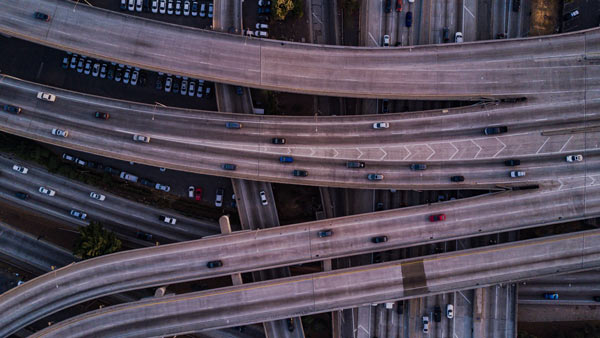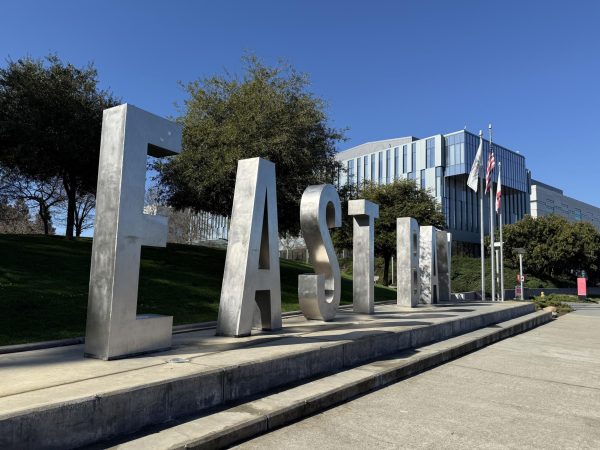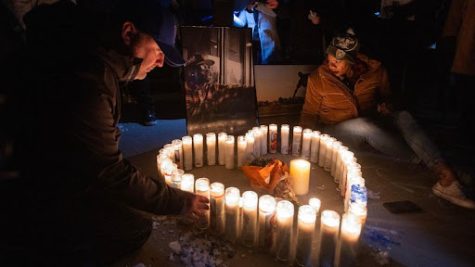California’s Magic Triangle: Safety, Reliability, or the Environment?
The Environment, Rural California Safety, or Energy Reliability. You can only pick two.
In an effort to curb emissions and take an actionable stance against climate change, California pledged to become zero-carbon by 2045, albeit amidst the ravaging wildfires and statewide droughts, urban California is struggling to keep the lights on.
California Independent Systems Operator expressed concern about potential and unplanned energy blackouts since the start of summer in a 2021 Summer Loads Resources Assessment, attributing extreme weather conditions as a potential catalyst.
The most recent power outage was recorded on Sept. 26: an unplanned blackout as a result of heightened sensitivity measures implemented to cut power in the event of line tampering. PG&E infrastructure has borne intense scrutiny for starting the devastating Dixie fire, with faulty sensors unable to detect line tampering, remaining operational at full capacity. Since the introduction of the “fast trip mitigation” policy by PG&E, unplanned power outages are more likely to occur.
As power supply plummets, California proceeds with decommissioning the Diablo Canyon nuclear power plant and ceasing operations at the Lake Oroville hydroelectric plant. 2020 metrics demonstrate that California derives 13.5% of its power supply from hydroelectric power and 9% from nuclear power.
Total grid output for renewable energy diminished in 2020 in response to persisting drought conditions, directly contributing to a 7% rise in gas-powered electricity generation in 2020. Coal constitutes about 3% of all generated power, natural gas: 37%, and renewables: 33% — a 1.4% drop since 2019.
The reasoning behind the Diablo Canyon plant dismantlement is multifaceted, most prominently relating to seismic vulnerability, expensive cost of operation, environmental concerns, and bad optics. Dr. Karina Garbesi, a Professor Emerita and the director of the Environmental Studies Program at California State University, East Bay, challenges the feasibility of nuclear power, stating that “nuclear is not an option, because it is inextricably linked with weapons.”
The shutdown of Lake Oroville is linked to exceptionally low water levels. Severe drought conditions have depleted reservoir levels below the threshold for generating power at 640 feet. As of Oct. 1, reservoir conditions remain non-conducive to hydroelectric power generation, as water levels have descended to 628 feet.
California Independent System Operator (CAISO) requested President Biden’s approval to temporarily restart gas plants on Sept. 7.
While Gov. Newsom’s temporary loosening of emission restrictions on diesel generators may help in shoring up lost power as a result of rolling blackouts, environmental implications of such a policy act as a source of tremendous contention. Garbesi argues that fossil fuels and natural gas are “more expensive than clean alternatives and are the most carbon-intensive,” which sabotage California’s clean energy initiatives. “Climate disruption is a major cause in increas[ing] fire frequency.”
A solution to reliability may lie with self-sufficient solar systems. “On-site solar [is] reducing the amount of transmission that has to occur because you are generating the power where it is being used,” explained Garbesi. Securing a consistent power supply from solar is feasible, as “there is a lot more [battery] storage capacity than people realize.”
To ensure a robust grid, Garbesi believes that on-site solar generation and stored hydroelectric power in tandem should be utilized. Hydroelectric power is “seasonally intermittent,” unlike solar, which is “diurnally intermittent,” which aids in service consistency. Power generation and storage solutions can be further induced through hydrogen fuel, which Garbesi perceives as a displacement to fossil fuels.
Furthermore, Garbesi doesn’t view rendering energy supply entirely renewable as a substantial obstacle, but rather the issue lies with getting rid of individual nuances that require direct supply from non-renewable sources, such as cooking, heating systems, industrial processes, and transportation.
Ultimately, “it is simply a matter of getting the markets to happen to bring costs down” that is hindering California from reaching its zero-carbon goal. “You have all of this activity that is positive for the economy that doesn’t have the huge costs that have come from fossil fuels,” explained Garbesi.
Safety, environmentalism, and reliability used to be a given in California, but extreme weather conditions, dry spells, and climate change are forcing the state to triage. This exact dilemma cost Gov. Gray Davis his seat in 2003, ushering in the reign of an Austrian Hollywood superstar and Republican, Arnold Schwarzenegger. Gov. Newsom to tread lightly.







